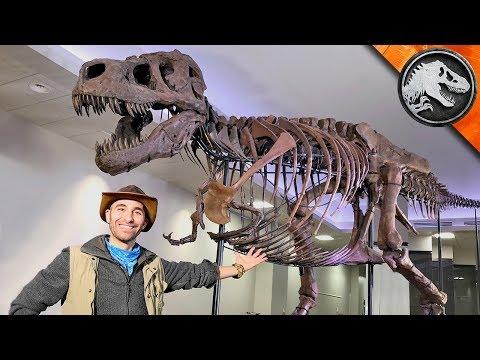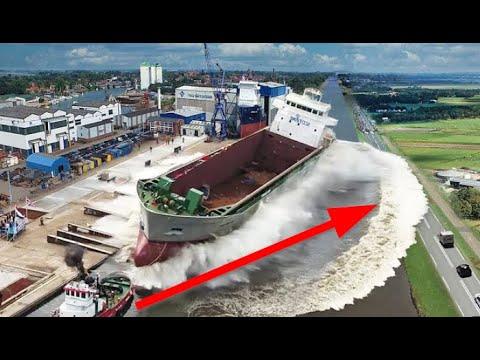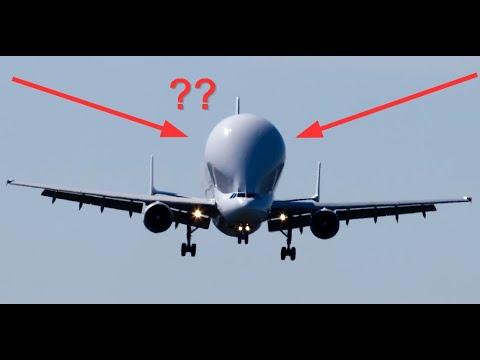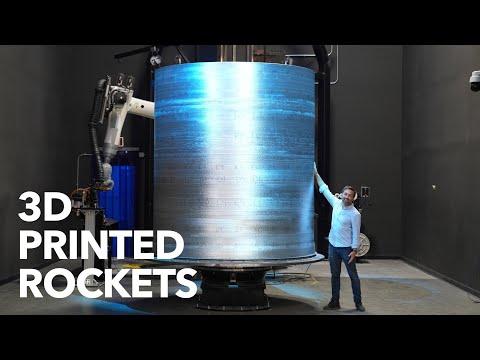Description
BIGGEST Rockets Video
Video Script::
the sky is the limit with these incredible spaceships number 10 space shuttle height 184 feet today we are counting down the top 10 biggest rockets ever launched in the history of mankind kicking off our list is nasa's first ever partially reusable spacecraft designed to carry large payloads like satellites and space lab into geostationary orbit and bring them back for repairs its distinguishing features consist of a white winged orbiter with powerful engines that attach to a massive external fuel tank and two rocket boosters on the launch pad the three main engines together provide the space shuttle with a thrust of almost eight million pounds that accelerated from three thousand miles per hour to seventeen thousand miles per hour in just six minutes to reach orbit the shuttle stack was first conceptualized in 1969 as a system of reusable spacecraft and it finally made its public debut on april 12 1981 on the orbital space flight mission sts-1 since then nasa's flagship has flown more miles completed more missions and delivered more hardware than any other space vehicle in history it was ultimately retired from service upon the conclusion of the atlantis final flight on july 21 2011. number nine atlas v height 191 feet the fifth major version in the atlas rocket family the atlas v is an expendable launch system originally designed by lockheed martin and now operated by united launch alliance the joint venture between lockheed and boeing powered by two massive stages the launch system is designed for interplanetary missions military payloads and cargo runs to the international space station its payload capacity is over 20 tons to low earth orbit and with a near perfect launch record of over 80 plus launches since 2002 it has been described as among the most reliable rocket types in the world interestingly enough the atlas v also set a new world record for the fastest spacecraft at the time of leaving earth's atmosphere during the launch of the new horizons mission in january of 2006 reaching speeds of over 36 000 miles per hour number eight aureon iv height 192 feet the aureon 4 was an expendable launch system designed by cnes the french national government space agency while being manufactured and marketed by its subsidiary ariane space its first successful launch was in june 1988 since then the launch system made over 110 successful launches before eventually retiring on february 15 2003. what's incredible about this european launcher is that its system was extremely versatile the first stage could hold two or four strap-on boosters or none at all this meant that it could lift into orbit satellites weighing anywhere from four thousand four hundred to nearly nine thousand five hundred pounds in gto geostationary transfer orbit which is almost three times as much as its predecessor ariane iii could lift it was for this reason the ariane 4 managed to capture over 50 percent of the market in launching commercial satellites and to this day it stands as an incredible engineering feat in the aerospace world number 7 delta 4 medium height 205 feet the delta iv medium was an expendable launch system in the delta rocket family introduced in the early 2000s it was built by boeing and operated by the united launch alliance for commercial launches military missions and nasa flights developed specifically to serve u.s national security space needs the delta iv rocket represented an increase in capacity safety and reliability from the delta ii rockets which continued to serve throughout most of delta four's operational life officially entering service in 2002 and subsequently used in a military mission in 2003 the delta iv medium's 29th and final mission took place on august 22nd 2019 when it carried the air force's second gps-3 satellite to the medium earth orbit number six a5 height 210 feet the largest and the most capable rocket ever seen in russia the angara a5 is one of russia's first few entirely post-soviet space launch vehicles developed by the moscow-based brunechev state research and production space center these heavy lift launch vehicles are designed to put between 8 400 454 000 pounds into low earth orbit and are intended along with soyuz two variants to replace the proton and other launch vehicles currently in the russian arsenal in theory the angara a5's capabilities should rival that of delta iv heavy but critics like the engineers from rocket engine manufacturer energomash are skeptical of this jack of all trades concept they argue that the engines of the angara a5 could produce low frequency oscillations that could ultimately destroy the rocket the angara a5 had a test launch in 2014 the first commercial flight is planned for later in 2020 number five falcon heavy height 230 feet while it's not the tallest of the bunch the falcon heavy is currently the most powerful operational rocket in the world this partially reusable heavy launch vehicle designed and manufactured by spacex generates more than 5 million pounds of thrust at liftoff and has the ability to lift around 140 000 pounds of payload into lower earth orbit which is more than twice the weight that any other space vehicle currently on the market can lift the falcon heavy's maiden test flight took place on february 6 2018 with the successful launch of a tesla roadster into outer space there is a chance that one day this massive launch vehicle will travel to mars as the company owner elon musk believes that human extinction on planet earth is possible so we will have to eventually colonize our red neighbor number four delta iv heavy height 236 feet first introduced by the united launch alliance in 2004 the delta iv heavy is still one of the largest heavy launch vehicles currently on the market in fact the delta iv heavy is the world's second highest capacity rocket in operation it can lift 62 500 540 pounds to low earth orbit and 30 440 pounds to geostationary transfer orbit moreover delta iv heavy is capable of carrying a 22 000 pound payload to the moon or a 17 600 pound payload to mars transfer orbit unfortunately for ula the delta iv heavy is now slowly being replaced by spacex's falcon heavy rocket due to its astonishing price believe it or not the cost of one launch of this expendable heavy lift launch vehicle is estimated at a staggering 350 million dollars compared to the falcon heavy's 90 to 150 million dollars while this may not be a huge number in comparison to the united states aerospace budget because of its prohibitive price only 11 total launches have been possible in over 16 years of operation number three ares 1x height 309 feet the tallest rocket to launch in the 21st century so far nasa's one-of-a-kind ares 1x booster was an unmanned prototype of the planned ares 1 rocket a launch system that was being developed by nasa with the intention to carry astronauts after the space shuttle fleet retired launched on october 28 2009 the ares 1x rocket stood almost 14 stories taller than nasa's space shuttles but after its first and only trip then president barack obama canceled nasa's moon-oriented constellation program and replaced it with a new plan aimed at deep space missions to asteroids and mars ultimately leading to an end of the development of the crew launch vehicle interestingly enough the first stage of the ares 1 rocket has since been repurposed for the design of the new commercial rocket the liberty booster number 2 n1 height 345 feet designed to go toe to toe with the united states saturn v the n1 was a soviet super heavy class carrier rocket intended to deliver payloads beyond low earth orbit it was created to send up to 95 tons of cargo into the earth's orbit the plans for it also included launching payloads to send cosmonauts to the moon and even to the planets of the solar system development work started on the n1 as early as 1959 but over the years it suffered from major underfunding which is one of the reasons why even with its first stage being the most powerful rocket stage ever built the n1 never successfully reached space it exploded during all four attempts between 1969 and 1972 since then the former soviet union did design other hefty rockets for its space launch inventory however none of them even came remotely close to the n1's towering stature and now for the biggest rocket of all time but first if you like this out of this world list you'd better hit subscribe and be sure to give the video a thumbs up also and this is key speak up in the comments section with your opinion on an important topic should humans be devoting more of our resources to exploring outer space elon musk made spacex to eventually colonize mars is this smart number one saturn v measuring 363 feet high and weighing 2840 tons at liftoff the saturn v remains to date the tallest heaviest and most powerful rocket ever flown capable of launching man beyond earth's orbit the saturn v secured the united states dominance in the space race this american human rated super heavy lift launch vehicle successfully launched 13 times from kennedy space center and was the rocket of choice for the apollo moon missions including apollo 11 in 1969. with a liftoff thrust of 7.6 million pounds this colossal vehicle also had the capability of taking 310 000 pounds of payloads into low earth orbit but after its last mission in 1973 when it carried the first and only u.s orbital research station sky lab into orbit the rocket system was officially retired by nasa those are all the spaceships we have today which one was the most impressive

























